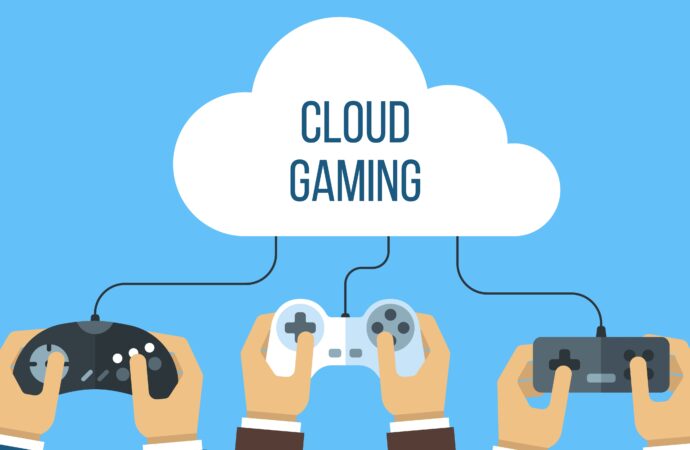Introduction The world of gaming has witnessed a paradigm shift with the advent of Cloud Gaming – a revolutionary technology that allows gamers to access and play their favorite titles without the need for high-end gaming hardware. Instead of relying on local processing power, cloud gaming leverages powerful remote servers to render and stream games
Introduction
The world of gaming has witnessed a paradigm shift with the advent of Cloud Gaming – a revolutionary technology that allows gamers to access and play their favorite titles without the need for high-end gaming hardware. Instead of relying on local processing power, cloud gaming leverages powerful remote servers to render and stream games directly to players’ devices. This innovative approach has the potential to transform the gaming landscape, offering unparalleled accessibility, convenience, and gaming experiences that were once beyond imagination.
Understanding Cloud Gaming
Cloud gaming, also known as game streaming, operates on a simple premise: instead of running games locally on a console or PC, the game is executed on remote servers hosted in data centers. Players interact with the game through their devices, such as smartphones, tablets, smart TVs, or low-spec PCs, which act as a gateway to the cloud gaming platform. The game’s audio and video are then streamed in real-time to the player’s screen, while input commands are sent back to the servers, completing the loop.
Key Components of Cloud Gaming
- Cloud Servers: The backbone of cloud gaming consists of powerful servers housed in data centers with cutting-edge hardware capable of handling complex game rendering and computations.
- Streaming Technology: Advanced video encoding and streaming protocols ensure that the game’s visuals are delivered smoothly and in real-time to players over the internet.
- Client Devices: Players can access cloud gaming platforms through a wide range of devices, including smartphones, tablets, PCs, Macs, and smart TVs. These devices must have a stable internet connection and support the streaming technology used by the platform.
Advantages of Cloud Gaming
- Accessibility: Cloud gaming democratizes gaming by eliminating the need for high-end gaming hardware. Players can enjoy AAA titles on devices that were previously incapable of running such demanding games.
- Convenience: Cloud gaming platforms offer the flexibility to play games on the go, switch between devices seamlessly, and access games instantly without waiting for lengthy downloads or installations.
- Cost-Effectiveness: Cloud gaming eliminates the need for costly gaming hardware upgrades. Players can opt for affordable subscription plans or pay-per-play models, which can be more budget-friendly in the long run.
- Scalability: Cloud gaming allows developers to scale their games easily to meet demand, ensuring a consistent and smooth gaming experience for players, even during peak times.
Challenges and Considerations
Despite its potential, cloud gaming faces certain challenges that need to be addressed for widespread adoption:
- Internet Connectivity: Cloud gaming is heavily reliant on a stable and high-speed internet connection. Players in areas with limited internet infrastructure may experience latency and streaming issues.
- Input Lag: Latency can result in a delay between players’ input commands and the game’s response, affecting gameplay, especially in fast-paced titles.
- Bandwidth Consumption: Streaming high-definition games consumes a significant amount of data, which may lead to data caps or increased internet costs for players.
- Game Library and Licensing: The availability of games on cloud gaming platforms depends on licensing agreements with game developers and publishers, limiting the selection of titles.
The Future of Cloud Gaming
As technology continues to advance, cloud gaming is poised to play an increasingly significant role in the gaming industry. With the rollout of 5G networks and improved internet infrastructure, latency and bandwidth concerns may be mitigated, offering smoother and more responsive gameplay experiences. Furthermore, cross-platform compatibility and integration with other digital entertainment services may further boost cloud gaming’s appeal.
Conclusion
Cloud gaming represents a pivotal moment in the evolution of interactive entertainment. By transcending the limitations of local hardware, it opens up a world of gaming possibilities for players of all backgrounds. As developers and streaming platforms continue to innovate, cloud gaming has the potential to redefine the gaming experience, making it more accessible, convenient, and immersive than ever before. While challenges remain, the ongoing advancements in technology and infrastructure provide a glimpse into the future where cloud gaming takes center stage in the gaming community, shaping the way we play and experience games.


















